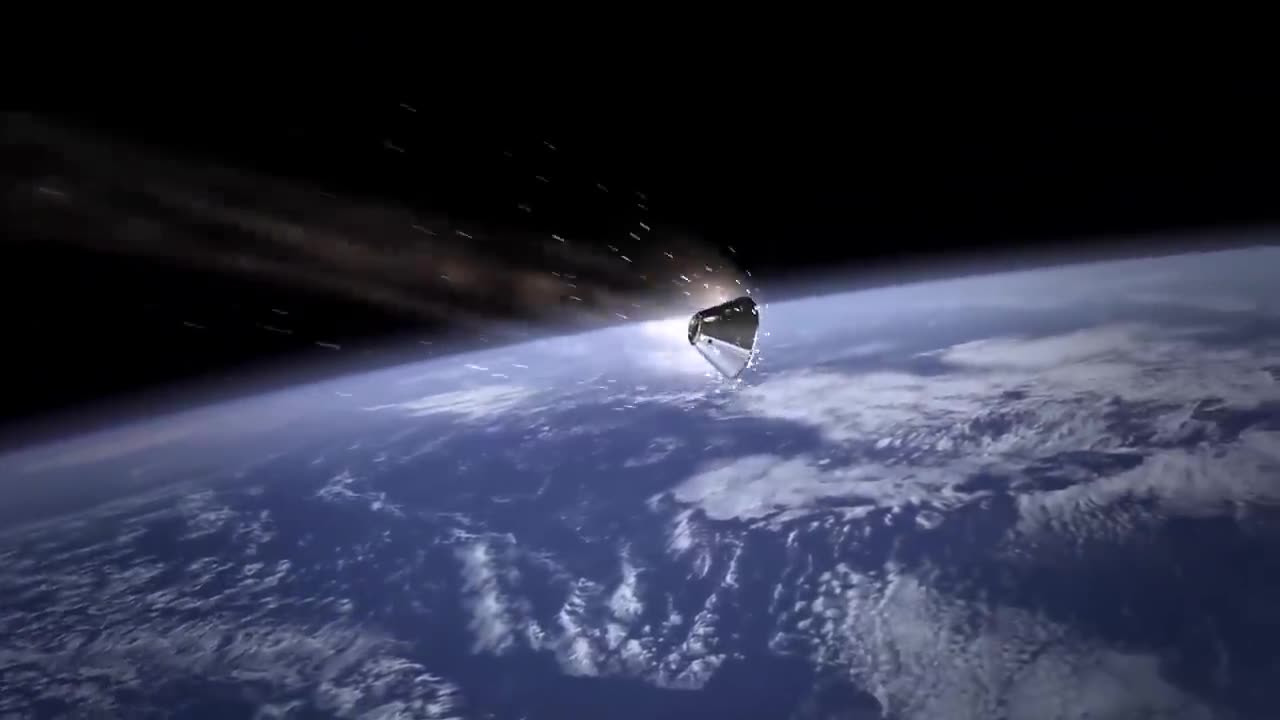Premium Only Content

How Do Spacecraft Slow Down? We Asked a NASA Technologist//dxbduba1
Spacecraft slow down in space by using various methods and propulsion systems, depending on their mission objectives and the specific phase of their journey. I'll outline some of the common methods:
Rocket Engine Firing: This is the most straightforward way to slow down a spacecraft. By firing its rocket engines in the opposite direction of its velocity, a spacecraft can decrease its speed. The principle is based on Newton's third law of motion: for every action, there is an equal and opposite reaction. The expelled exhaust gas from the rocket engines provides the thrust needed to slow down the spacecraft.
Aerobraking: For missions that involve entering a planet's or moon's atmosphere, aerobraking is used. The spacecraft dips into the atmosphere at a specific angle, using the planet's atmosphere to slow it down. The friction between the spacecraft and the atmosphere generates drag, reducing the spacecraft's speed.
Gravity Assists: In some cases, spacecraft can use the gravity of a celestial body to change their trajectory and speed. By performing a gravity assist maneuver, a spacecraft can gain or lose velocity, depending on the direction of the gravity assist. This technique is often used to save fuel or increase a spacecraft's speed.
Ion Propulsion: Ion propulsion systems are more efficient than traditional chemical rocket engines and are often used for deep-space missions. These engines continuously expel ions at high speeds, creating thrust and gradually slowing down the spacecraft.
Tethers: Electrodynamic tethers can be deployed in space to interact with a planet's magnetic field. By generating an electrical current through the tether, the spacecraft can create magnetic forces that act as a brake, slowing it down.
Orbital Mechanics: Spacecraft can use precise orbital mechanics to alter their speed and trajectory. For example, by changing their orbit's shape or inclination, they can adjust their speed relative to a target body.
Ballooning: In the case of missions involving atmospheres with extremely low densities, such as Venus, some spacecraft have used inflatable balloons or aerodynamic devices to slow down and navigate.
The specific method chosen depends on the spacecraft's design, its mission profile, and the celestial body it is targeting. NASA and other space agencies carefully plan and execute these maneuvers to achieve their mission objectives while conserving fuel and energy whenever possible.
-
 LIVE
LIVE
Vigilant News Network
12 hours agoCOVID-Vaccinated Hit With Grave New Reality | Media Blackout
1,801 watching -
 1:26:31
1:26:31
Josh Pate's College Football Show
11 hours ago $3.74 earnedSEC Disaster Saturday | Major CFP Earthquake Coming | Officiating Is A Disaster | New Studio Debut
35.4K2 -
 1:43:05
1:43:05
Adam Does Movies
15 hours ago $5.31 earnedGladiator II Spoiler Conversation With Hack The Movies
34.6K1 -
 24:10
24:10
Bwian
15 hours agoI Don't Know What I'm Doing in Fortnite, But I Still Won...
27.2K2 -
 19:30
19:30
DeVory Darkins
17 hours ago $44.53 earnedJoe Rogan MOCKS The View as Bill Maher HUMILIATES Woke Scientist
102K161 -
 11:25:41
11:25:41
Scottish Viking Gaming
18 hours agoSUNDAY FUNDAY | Jump into my Sons of the Forest Game | DOO EET NOWWA!
98.5K1 -
 24:01
24:01
Winston Marshall
4 days agoThe TRUTH About The UK Farmer Protest What No One Is Talking About...
87.9K254 -
 3:21:56
3:21:56
Tate Speech by Andrew Tate
23 hours agoEMERGENCY MEETING EPISODE 93 - ME TOO!
316K215 -
 3:21:42
3:21:42
FRENCHY4185
18 hours agoPRESTIGE AND CAMO GRIND : BLACK OPS 6
85.3K2 -
 1:29:47
1:29:47
Real Coffee With Scott Adams
18 hours agoEpisode 2669 CWSA 11/24/24
111K45